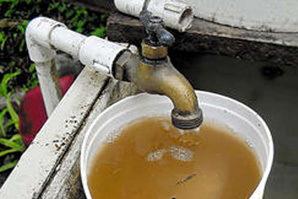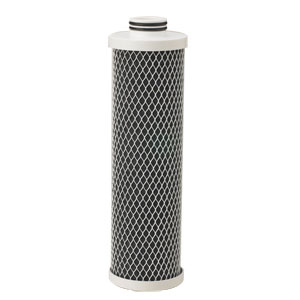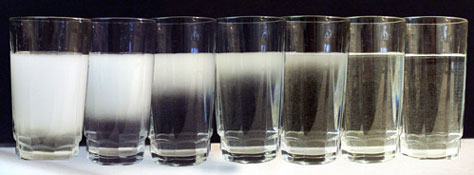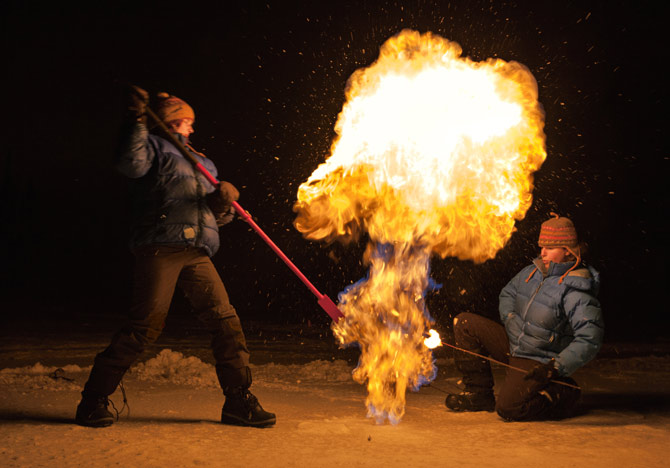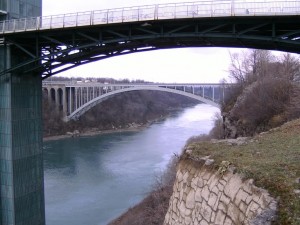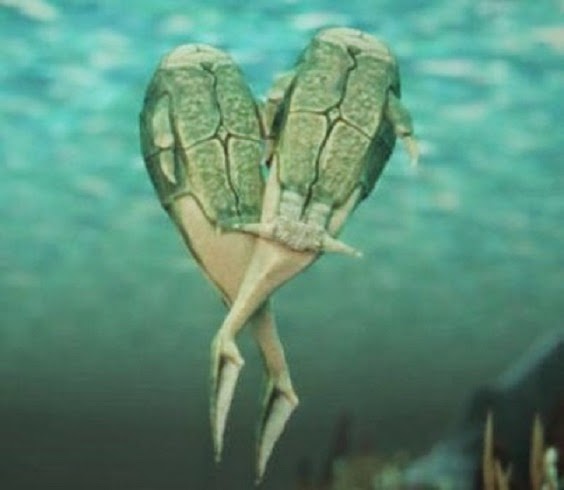Do you know how many toxic chemicals are in your shampoo, your lipstick, your toothpaste?
by Joy McCarthy
We’ve been using cosmetics and personal-care products for thousands of years, from body paint to eye makeup, in nearly every single culture in the world. Egyptians first started using scented oils and ointments to clean and soften skin. They were also the first to use toxic chemicals in their beauty products, with lead and arsenic being common ingredients.
Fast-forward to today and you’d assume things have gotten better, right?
Not exactly. In 2007, researchers at the California-based Campaign for Safe Cosmetics found what they thought to be “hazardous levels” of lead in one-third of the red lipsticks they tested. And lead isn’t the only issue. There are over 84,000 chemicals registered for use with the U.S. Environmental Protection Agency. (Being registered does not imply safety, only that they are used and tracked in some capacity.) Only 200 of these chemicals have been reviewed by Canada’s Chemicals Management Plan. (Again, these chemicals are not necessarily safe.) We’re still using chemicals we know are toxic, as well as a host of others whose effects are unknown.
While words like “lead” or “arsenic” would certainly raise your eyebrows, it’s not always so easy to discern the harmless from the potentially harmful. Here’s a list of the chemical “usual suspects” to watch out for, according to the David Suzuki Foundation:
• BHA and BHT. These are used as preservatives in moisturizers and makeup. Both are thought to be endocrine disruptors (chemicals that can interfere with hormones) and BHA has been linked to cancer.
• Coal-tar dyes. These are dyes that will have “Cl” followed by a five-digit number on the label (or in the United States, “FD&C” followed by the colour). These dyes are potentially carcinogenic and may be contaminated with toxic heavy metals.
• Siloxanes. Anything that ends in “-siloxane” or “-methicone” falls into this category. These chemicals are used as moisturizers in makeup and hair-care products, but they may also interfere with hormone function and damage your liver.
• DEA, MEA and TEA. These chemicals give moisturizers and shampoos a creamy, foamy texture, but they can also react with other chemicals to form cancer-causing nitrosamines.
• Phthalates. These plasticizer chemicals make personal-care products easier to handle and apply. They’re also suspected endocrine disruptors and reproductive toxins, and definitely not something that should be in cosmetics targeted at women (or anyone, for that matter).
• Formaldehyde-releasing preservatives. Remember that toxic, carcinogenic liquid used to preserve your high-school biology dissection project? It may be lurking in your nail-care products, hair dyes and shampoos under the names formic aldehyde, formalin, DMDM hydantoin, diazolidinyl urea or others.
• Parabens. These preservatives are found in a wide range of beauty products and have been linked to hormone disruption and breast cancer.
• Fragrance (a.k.a. parfum). Even products marked “unscented” may contain fragrance, so check your labels thoroughly. Because fragrances are often considered “trade secrets,” manufacturers aren’t usually required to disclose what chemicals they comprise, but some fragrance chemicals have been linked to cancer and neurotoxicity, while many can trigger asthma and allergies. The best course of action here is to call the manufacturer and see if they will disclose their ingredients.
• PEG. These compounds are used in many cosmetic cream bases, as well as in conditioners and deodorants, and can be contaminated with carcinogenic 1,4-dioxane.
• Petrolatum. Doesn’t that word look an awful lot like “petroleum?” That’s because this is a petroleum product – meaning its very production isn’t great for our environment – usually used for shine and as a moisture barrier in cosmetics and skin-care products. But these petroleum products can also be contaminated with cancer-causing impurities.
• Sodium laureth (or lauryl) sulfate. Also known as SLES and SLS, these two chemicals were initially used as industrial cleaners in car-wash soaps and engine degreasers and now produce the foam associated with a wide variety of personal-care products, including shampoos and bubble baths. SLES and SLS can be irritating to sensitive skin and can be contaminated with carcinogenic 1,4-dioxane.
• Triclosan. This antibacterial compound found in toothpastes, soaps and hand sanitizers may do more harm than good, since it may interfere with hormone function and lead to liver fibrosis, as a new study shows. Plus, it contributes to the creation of superbugs, as bacteria become resistant to its antibiotic properties.
This list may feel a little overwhelming at first and you may be thinking that cosmetics companies wouldn’t put anything unsafe in their products, right? That’s a reasonable conclusion, but unfortunately we must be responsible for what we put on our bodies because many companies are not, in fact, looking out for our health.
Some companies defend their products with the claim that each potential toxin is in such tiny doses that it couldn’t possibly cause harm. However, most people use a variety of products, from body wash to body lotion to perfume to lip gloss, and that’s just first thing in the morning. According to the Campaign for Safe Cosmetics, the average person is exposed to 126 toxic chemicals from personal care alone, per day. What about all these toxic chemicals in combination? The problem is, we just don’t know.
When I personally made the switch to clean beauty products more than 10 years ago along with healthy lifestyle changes, my health transformed for the better, including clearer skin. Not only do I feel good using products with coconut oil as a base but I know that these products are safe for the environment as well. No fish will be bothered by the fact that the main ingredient in my face wash is coconut milk.
Ditching toxic ingredients and replacing them with clean ones in your personal-care products will go a long way to helping your skin glow from the inside out and lessen the burden on your liver, the body’s main organ of detoxification which has to neutralize every itty-bitty chemical that comes into contact with your skin.
Source: The Globe and Mail.
Pure Water Gazette Fair Use Statement.







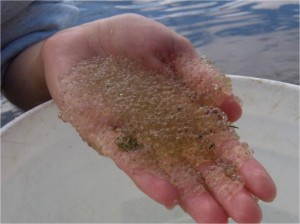
![pwanniemedium[1]](http://www.purewatergazette.net/blog/wp-content/uploads/2012/05/pwanniemedium1-246x300.jpg)
